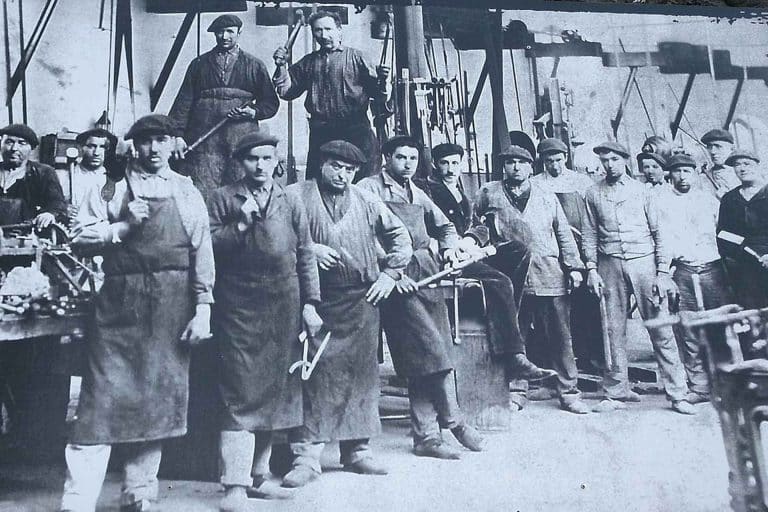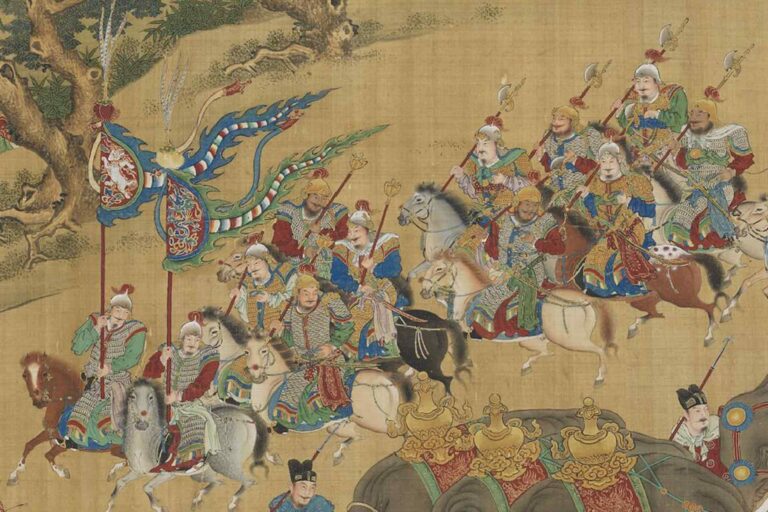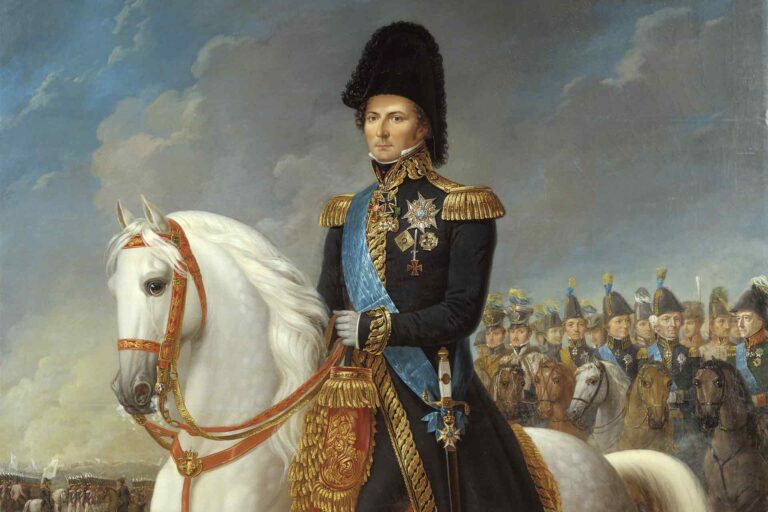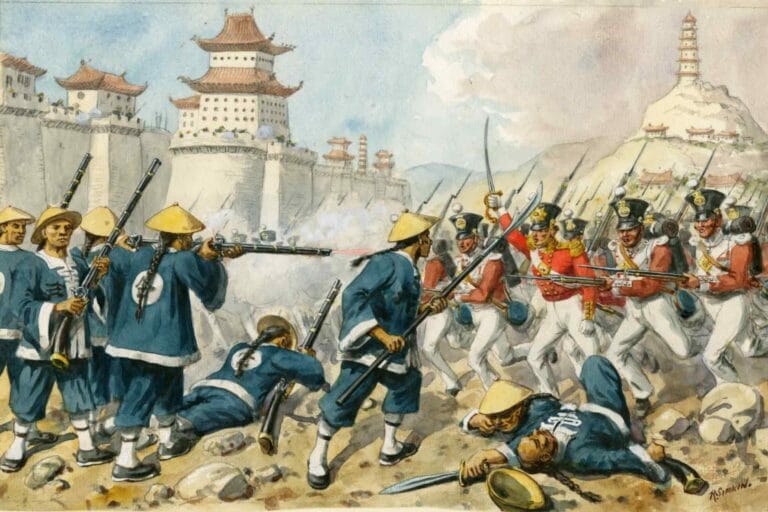Alexander the Great’s Siege of Tyre and the Construction of a Legendary Causeway
The Siege of Tyre in 332 BC is one of the most audacious military operations in ancient history, orchestrated by Alexander the Great. This pivotal event showcased Alexander’s strategic genius and unwavering resolve to conquer the Phoenician city of Tyre, a vital maritime base on the island fortress.
With the challenge of besieging a city surrounded by water, Alexander embarked on an ambitious project that would forever mark his legacy.

The Prelude to Siege: Alexander’s March Across Persia
Before setting his sights on Tyre, Alexander the Great embarked on a Persian campaign that underscored his military genius and audacity. His ascension to the throne was not just a change of leadership; it was the beginning of an era that would forever alter the ancient world’s geopolitical landscape.
Driven by a blend of ambition and a strategic need for resources, Alexander envisioned the Persian Empire’s wealth as the key to sustaining his formidable army and settling the staggering debt of 500 talents left by his father, Philip II. The remarkable tales of the Ten Thousand and Agesilaus of Sparta’s ventures into Persian territories had laid bare the empire’s vulnerabilities, bolstering Alexander’s confidence in his cavalry’s ability to dominate any Persian force encountered.
In the spring of 334 BC, Alexander crossed the Dardanelles, leading a meticulously assembled army comprising 30,000 infantry and over 5,000 cavalry. This force was proof of his strategic foresight, featuring a mix of Macedonians, allies from the Greek League, and specialized units like the Cretan and Macedonian archers and Agrianian javelin men. Under the leadership of Alexander and his seasoned second-in-command, Parmenio, this army was not just a military unit but a mobile society of surveyors, engineers, and historians, among others, geared for conquest and cultural integration.
Alexander’s initial confrontation with the Persian forces at the Granicus River set the tone for his campaign. Despite a near-fatal encounter, his tactical acumen led to a decisive victory, paving the way for the fall of western Asia Minor into Macedonian hands. This near-disastrous engagement occurred when the Persians’ strategy to lure Alexander across the river and eliminate him in the chaos of battle nearly prevailed; however, their ranks collapsed, leading to a comprehensive triumph for Alexander.

This victory was not merely a military triumph but a symbolic assertion of his Panhellenic policy, further demonstrated by his democratic installations in liberated cities and his emblematic offering to Athena at Athens. However, Alexander’s refusal to engage the Persian fleet in naval battle, opting to “defeat the Persian fleet on land,” highlighted his adaptability and strategic innovation.
The march through Asia Minor to the Battle of Issus encapsulated Alexander’s relentless pursuit of Darius III, culminating in a pivotal confrontation that showcased his military prowess. Despite the odds, Alexander’s forces emerged victorious, capturing Darius’s family and earning his men’s and future generations’ respect.
His subsequent march to Syria and Phoenicia aimed at crippling the Persian naval bases, demonstrating his strategic intent to dismantle the Persian Empire’s military capabilities systematically. This prelude to the Siege of Tyre illustrated Alexander’s military genius and set the stage for one of antiquity’s most legendary sieges.
The Biggest Challenge of The Siege of Tyre
Tyre presented an immense challenge to Alexander the Great due to its unique geographic and defensive features. As the crown jewel of Phoenicia, Tyre was situated not only on the mainland but also on a nearby island, approximately a kilometer off the coast. This island fortress boasted formidable defenses, including walls that soared to an impressive height of 45.8 meters (150 ft) above the sea on the side facing the mainland. Such fortifications made the city nearly impregnable from the sea, a daunting obstacle for any besieging force.

At the onset of Alexander’s siege, Tyre was a densely populated city-state home to around 40,000 inhabitants. In anticipation of the siege, most women and children were evacuated to Carthage, a powerful ally and former Phoenician colony. Carthage, recognizing the strategic and cultural importance of Tyre, pledged naval support to their ancestral city. This promise of reinforcement posed a significant strategic challenge for Alexander, especially since he lacked a powerful maritime force capable of contesting control of the Mediterranean against the Carthaginians.
The heart of Tyre’s defense lay in its dual harbors and the virtually insurmountable walls that protected its island portion. Alexander, understanding the symbolic and strategic value of Tyre, sought a peaceful entrance into the city. This was done under the guise of wishing to offer sacrifices at the temple of Melqart, a deity Alexander equated with Heracles. The Tyrians, fixed to safeguard their city from Macedonian and Persian influence, vehemently refused Alexander’s request. They suggested he worship at the mainland temple, effectively barring him from the island. This rejection, followed by the killing and desecration of Alexander’s envoys, only fueled his desire to proceed with the Siege of Tyre.
Alexander’s resolution to capture Tyre and eliminate it as the last Persian naval base in the region was met with an unprecedented defensive stance from the Tyrians. The city’s strategic location, formidable defenses, and the promised support from Carthage transformed the Siege of Tyre into one of the most challenging and legendary military episodes of Alexander’s campaign. The Tyrians’ refusal to capitulate or even allow religious concessions demonstrated their resilience and the significant obstacles Alexander faced in attempting to secure a foothold in this pivotal maritime city.
The Ingenious Causeway that Changed the Tide on the Siege of Tyre
Alexander the Great’s strategy to conquer the island city of Tyre involved the construction of a monumental causeway, a feat unparalleled in siege warfare of the time. Given the impossibility of a naval assault due to his lack of a substantial fleet, Alexander opted to connect the mainland to the island by building a causeway that stretched a kilometer into the sea. Historian Diodorus reported that this massive structure was about two hundred feet wide and built atop a natural land bridge that lay no more than two meters deep. The causeway’s primary purpose was to allow Alexander’s siege engines to come within range of Tyre’s formidable walls.
As the construction neared the island, the engineers faced increasingly deep waters and relentless assaults from Tyrian defenders and their navy. In response, Alexander ordered the construction of two towering siege towers, each 50 meters high, which were pushed to the causeway’s forefront. These wooden towers, shielded in rawhide to repel fire arrows, served as mobile artillery platforms. They housed catapults to clear the walls of defenders and ballistae to launch projectiles at the city walls and the attacking Tyrian ships. Despite their imposing presence, the Tyrians were quick to mount a daring counterattack against these behemoths.
The causeway’s construction was a Herculean task, requiring timber, stone, and rubble accumulation. Alexander’s engineers faced the daunting challenge of extending this makeshift bridge from the mainland, working under constant threat from Tyrian countermeasures. Yet, Alexander’s willpower was unyielding. The causeway was completed after seven grueling months of construction and combat, allowing Alexander and his forces to march directly onto the island.
This strategic masterstroke demonstrated Alexander’s innovative approach to warfare and his unwavering dedication to capture Tyre, regardless of the obstacles. The causeway, remnants of which still exist today, is a testament to Alexander’s military genius and the lengths he would go to secure victory.
The Final Assault on Tyre
The completion of Alexander’s causeway to Tyre set the stage for the Siege of Tyre’s concluding phase, symbolizing his relentless perseverance and innovative military strategy. Despite the formidable defense mounted by the Tyrians, including a daring naval counterattack that saw an incendiary ship wreak havoc on the Macedonian siege equipment, Alexander’s resolve remained unshaken. This counterattack, ingenious in its execution, momentarily set back Alexander’s efforts, destroying the siege towers and causing significant losses among his forces. However, this setback would only deter him for a short time.
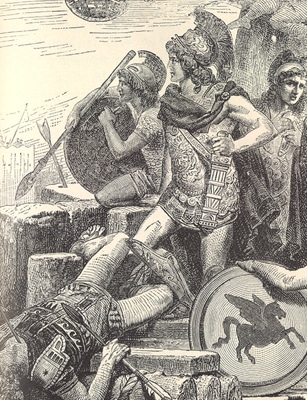
Alexander’s fortunes turned with acquiring a substantial naval fleet, bolstered by the fleets of recently conquered Phoenician city-states and additional ships from Cyprus and the Ionian cities. With over 200 galleys at his command, Alexander imposed a strict blockade on Tyre, effectively isolating the city. His naval superiority allowed for a direct assault on Tyre’s ports, employing battering rams and crane ships to clear the way for his forces. Despite the Tyrians’ spirited defense, including cutting the rams’ anchor cables, Alexander adapted using chains, showcasing his ability to counter Tyrian tactics effectively.
The siege climaxed with a coordinated attack on Tyre’s walls, exploiting a breach created by the relentless battering of Alexander’s rams. Leading the assault personally, Alexander exemplified his leadership and valor, breaching the city’s defenses and securing a decisive victory. The fall of Tyre was marked by severe retribution, with thousands killed or sold into slavery, underscoring the brutal realities of ancient warfare and the consequences of defying Alexander.
This victory at Tyre showcased Alexander’s military genius and the unwavering perseverance of his forces and marked a pivotal moment in his campaign against the Persian Empire. The capture of Tyre removed a crucial naval base from Persian control, allowing Alexander to press further into the heart of the empire.
The siege of Tyre, with its dramatic construction of the causeway and the fierce resistance of its defenders, remains one of the most remarkable episodes in Alexander’s conquests, immortalizing the Macedonian king’s legacy as one of history’s most outstanding military leaders.

Legacy of the Siege of Tyre
The Siege of Tyre by Alexander the Great remains one of antiquity’s most remarkable military accomplishments, not only for its demonstration of tactical genius but also for its enduring impact on the region’s geography. Today, the remnants of Alexander’s causeway have evolved into a permanent land bridge, transforming Tyre from an island city to a part of the mainland. This landscape alteration is a testament to the siege’s lasting legacy, with the once-mighty fortifications of Tyre now a part of history, buried beneath centuries of development and the sands of time.
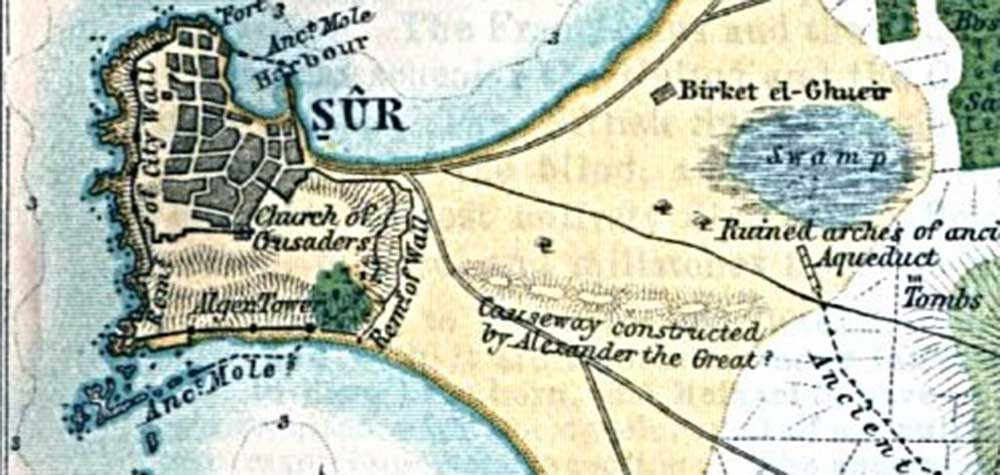
The construction of the causeway and the subsequent fall of Tyre served as a blueprint for Alexander’s future campaigns, most notably in his establishment of Alexandria in Egypt. The siege exemplified Alexander’s ability to overcome seemingly insurmountable obstacles through sheer will and innovative engineering. Beyond its immediate military success, the siege of Tyre highlighted Alexander’s ambition and the lengths he would go to secure his place in history.
The enduring physical and metaphorical bridges he built continue to fascinate historians and engineers alike, underscoring the ingenuity and impact of Alexander’s conquests that forever changed the course of history.


